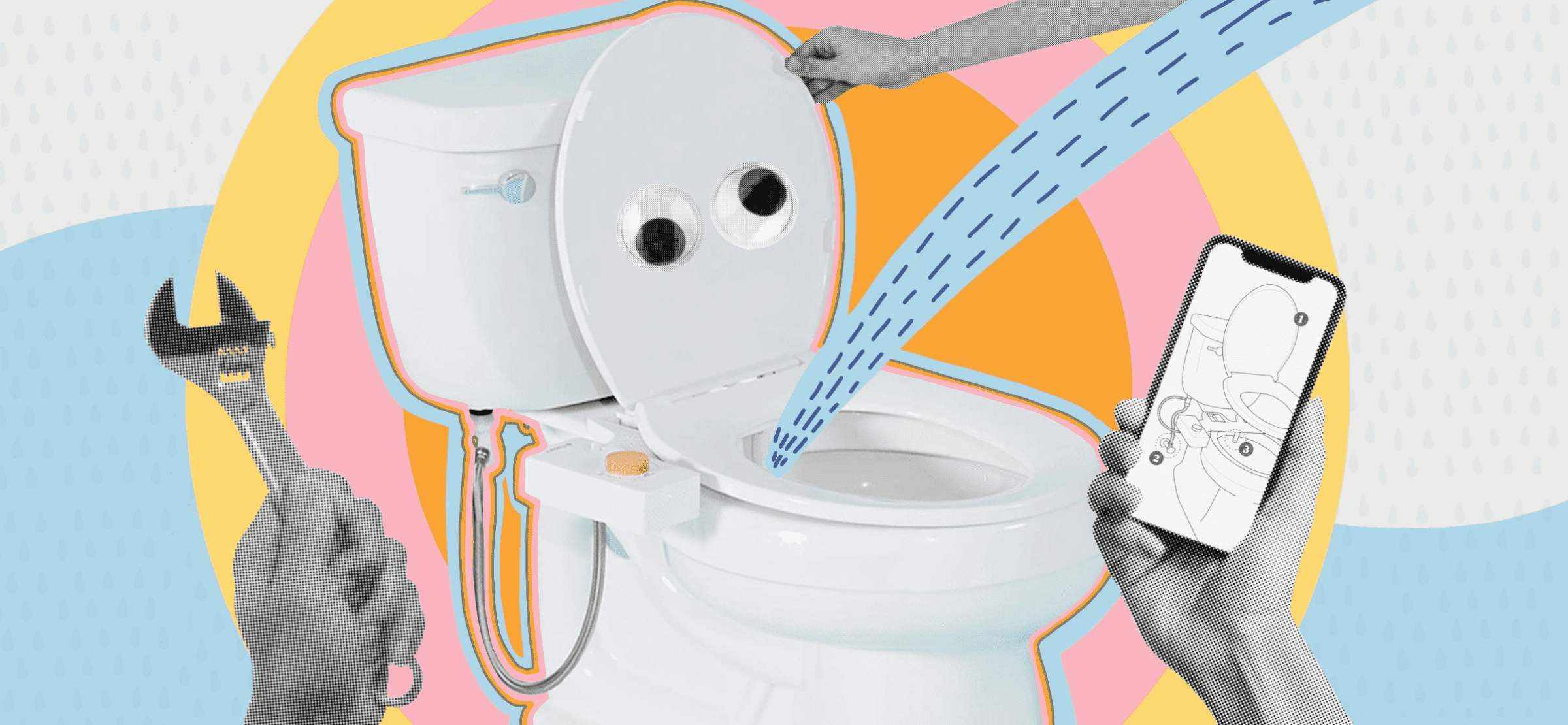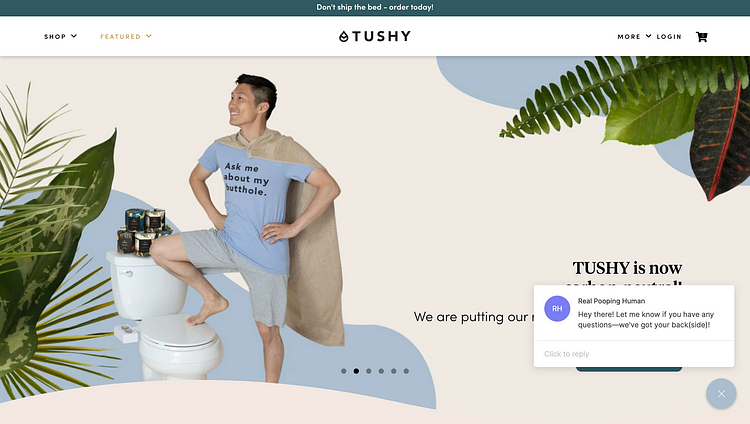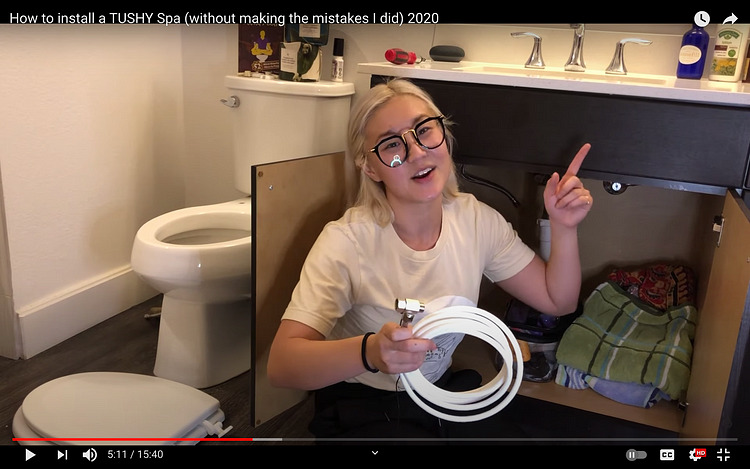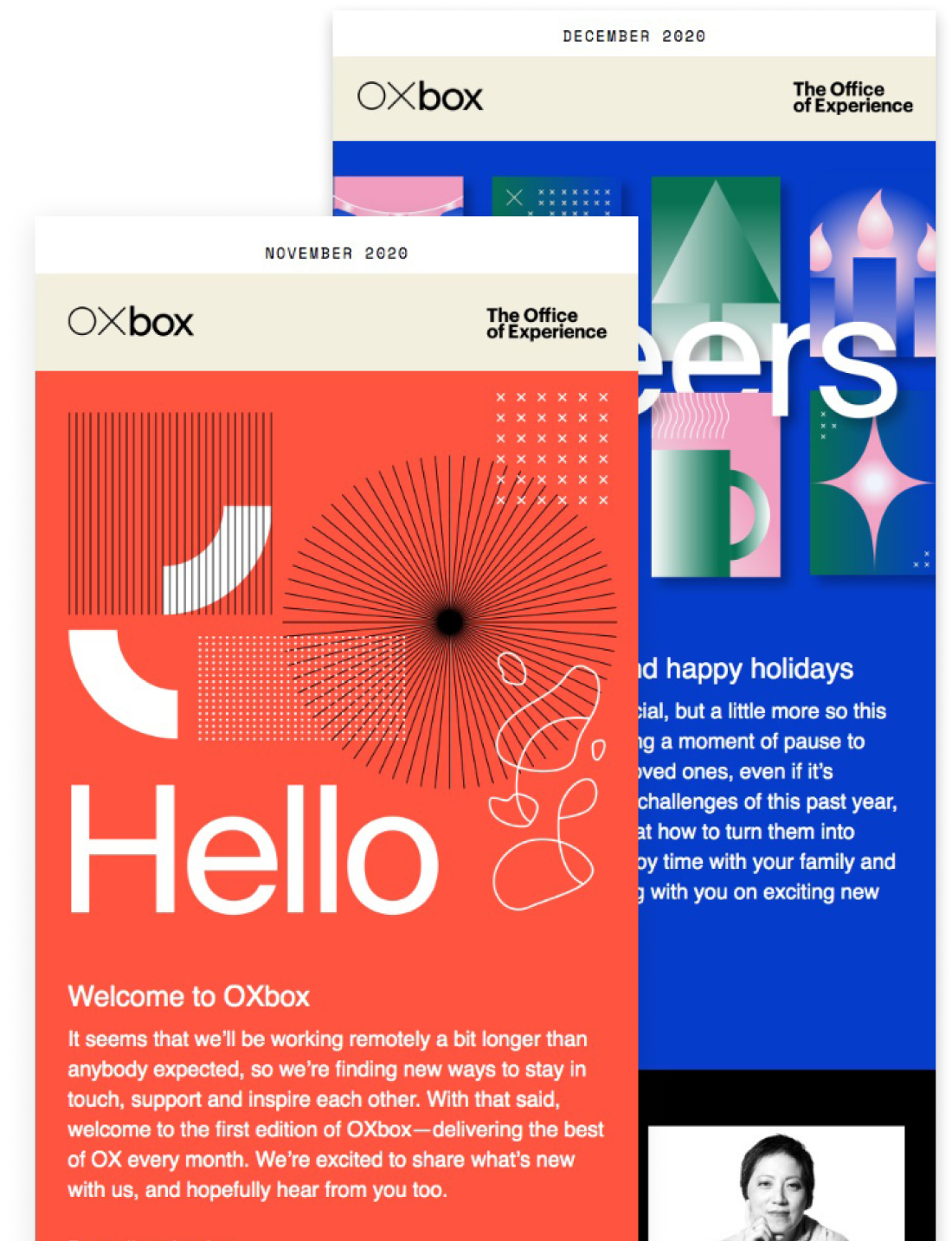
Brand Design
Silliness Sells: Why This Bidet Brand’s Goofy Strategy Works
Tushy gets first-time customers to take a wrench to their own toilets — and pay for the privilege.
There I crouched, face contorted in concentration right next to the toilet seat, valve in one hand and stainless steel mixing bowl in another. I was taking a deep breath. I was taking a leap of faith. I was doing the unthinkable:
I was messing with my plumbing.
I’m a relatively experienced and confident home DIYer, but up until that moment, plumbing had seemed like a tricky, potentially disastrous beast. Sure, I’d snaked drains and detangled flush chains. I’d even recently replaced an entire tub spout after completing independent study with my academic mentor, Professor YouTube. But disconnecting our toilet?! It felt like the stakes couldn’t be higher.
You might, quite reasonably, guess that I was forced into this situation, rended from my comfort zone by an aqueous emergency. You might suppose I was fixing something like a leak that couldn’t wait for a professional.
That’d be a good guess. But you’d be wrong. The answer is: We bought a bidet.
And there’s more: Neither my husband nor I had any personal experience with bidets. In fact, we had barely even seen bidets with our own eyes, excepting the times we’d giggled at them in hotel bathrooms on respective adolescent trips abroad. Like many Americans, we were simply baffled by bidets. Growing up, as far as we knew, they were mysterious toilet…contraptions?…whose primary purpose was generating punchlines for sitcom writers.
It’s challenging enough to convert customers to a brand. In America, bidet companies are tasked not only with converting to their brand, but also with unwinding generations of cultural conditioning to the point that first-time customers take a wrench to their own toilets — and pay for the privilege of doing so.
To transform us from Typical, Skeptical Americans Who Are Perfectly Happy With Their Bathroom Routines (after all, if it ain’t broke, don’t fix it) into paying, wrench-wielding customers, a brand called Tushy did an enormous amount of conversion over a slow and steady customer journey. The engine behind it? Content strategy.
Before we dive into the effective content strategy, let’s honor the external factors that moved me to the top of the funnel:
1. Bidets had become increasingly common in my social circles. The year was 2020 (what an ominous start to a sentence), but I’d been hearing peers praise bidets for a few years. Many of them opted for Tushy, which introduced me to the brand.
2. Bidets became increasingly common in the media, too. That year, sales surged across brands. Headlines attributed this increased interest to 2020’s toilet paper shortages, but I personally think it’s due to two other factors: (a) Many people drastically increased their time spent at home, and wanted to perfect their castles, and (b) Many had more free time with which to shop online and do DIY projects.
3. Tushy had paid advertising spots on at least two podcasts I listen to. The voice and tone of their copy differentiated them among other podcast advertisers, as did the fact that they incorporated content that was specific to particular podcasts.
All of this drove me to the Tushy website, blog and YouTube channel, where the content strategy magic started to happen.

On the website, I saw that the differentiated voice and tone I’d loved in their ad copy was more than a way of speaking: It was part of a full brand. From the site’s visual design, voice and selection of content, I began to see that this brand was rooted in three values: transparency, silliness and inclusivity.
- Transparency. Radically, almost ridiculously frank, the site presents (and answers) questions like “Okay but(t) how do I dry off?” and “Where does the water come from? Is it dirty poop water?” The FAQ feels like a warm friend who invites you to ask whatever questions you want. Customers aren’t made to feel stupid, no matter how basic the question is.
This frankness also permeates the Tushy blog (tagline: “Cool Sh*t to Read on the Toilet”), whose categories include Butt Health, Sex & Wellness and Zero Waste. A robust and frequently updated Tushy YouTube channel, meanwhile, honestly and cheerfully covers everything from hygiene, to IBS, to bathroom-based holiday decor tutorials and, of course, installation how-tos. (Tushy knows that DIYers like to use YouTube as a resource—remember the tub spout?)
And let’s face it: As I inched toward the bottom of the conversion funnel, my one outstanding concern was indeed installation.
So, I pulled up one of Tushy’s installation tutorials, and as I watched, my nerves began to ease. Tushy rep Carrie was warm and casual, and she didn’t seem too concerned about flooding her own apartment. So maybe, I thought, just maybe, this would be okay. (That the video was shot in her apartment, rather than on a sleek set, again demonstrated a transparency that made me feel understood as a potential customer.)
Then it happened: She messed up her installation. And just like that, I converted.

Specifically, Carrie forgot a washer and created a leak. So she turned the water back off, slipped the washer in, and boom, all fixed. This blew my mind! In UX, there is a principle called error prevention and recovery: Make it easy for users to avoid, understand and fix their errors. Errors — specifically leaks and floods — were my primary fear as a potential customer. And here was Carrie, reassuring me that everything would be fine. By demonstrating this UX principle in a high-stakes, analog way, Carrie locked in my conversion.
Carrie was upbeat about the mistake, projecting a positivity that permeates all Tushy content. This brings us to…
Silliness. Some brands fear that humor will bruise their credibility, but Tushy knows that humor can actually bolster credibility. Think butt puns, models holding Tushy bidets like telephones, promo banners that say “Don’t ship the bed — order today!” and shirts that say “Ask me about my butthole.” They all show self-awareness (they know they’re a bidet company) and confidence (they’re proud to be a bidet company, and they take pride in their work).
This goofiness is also disarming, which helps when talking about bodies. By establishing a humorous (but not euphemistic) vocabulary around bathroom routines and body parts, Tushy helps customers open their minds enough to consider their product — and maybe even discuss it with their roommates or family.
Inclusivity. Tushy rounds out its content value system with inclusivity, using diverse photos and videos and careful language to make sure everyone has a seat at the table (or rather, to make sure everyone has the chance to fill an online shopping cart). Models on the site have different genders, ages, backgrounds and body types (taller, shorter, pregnant…).
Meanwhile, it seems the language is becoming more gender-inclusive across all properties. While words like “women” and “ladyparts” are sometimes used, the site also features more comprehensive, contemporary phrases, like “people with vaginas.”
Sexual health resources, meanwhile, achieve inclusivity simply by drawing on the other two values — frankness and silliness — which in turn creates a nonjudgemental vibe.
And there you have it. How do you get a customer to leave their comfort zone and take a chance? For Tushy, the answer is in superb content strategy, transparency, inclusivity and silliness.
Drop us a line
ALL FIELDS REQUIRED







